An Overview of the Galapagos Islands’ Past
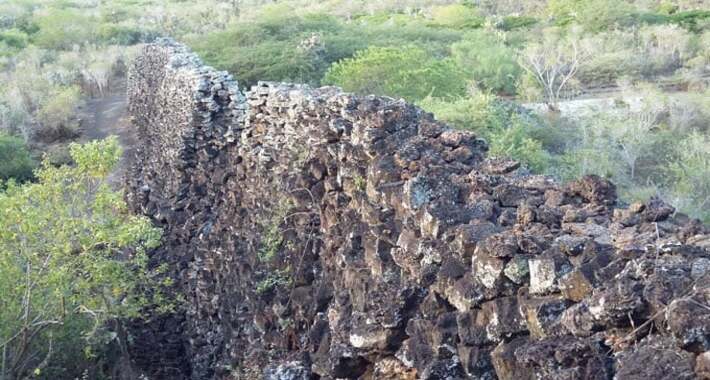
Located 559 miles west of South America, the group of volcanic islands known as the Galapagos is situated astride the equator. Located at the junction of the Galapagos and the Nazca plates, the islands were created by tectonic movements. Newer landmasses like Isabela and Fernandina are continually forming, while ancient islands have vanished. There are a little over 25,000 people living in this Ecuadorian region. The Galapagos Islands, which gained international attention thanks to Charles Darwin’s HMS Beagle expedition, are a well-liked travel destination with a fascinating past that has been incorporated into literature, science, and film
Contemporary Period
Numerous islands were designated as nature sanctuaries in 1934. Twenty-five years later, the islands’ distinctive flora and wildlife were safeguarded by the establishment of the Galapagos National Park. In 1964, the Charles Darwin Research Center was established. The unique environment of the archipelago is being preserved by hundreds of scientists and environmentalists today. In the late 1960s, organized trips to the Galapagos Islands started to explore these unique landmasses. The city of Quito and UNESCO’s Natural Heritage for Mankind designations are arguably the most significant worldwide accolades. The Galapagos Islands now have more international esteem because to this title. Only around 80,000 of the estimated 200,000 tourists who visit the Galapagos Islands each year do so as live-aboard travelers. It is still a highly elite location.
Charles Darwin’s life narrative and the colonization process
Charles Darwin is among the most important figures in the history of the Galapagos Islands. Throughout September and October of 1835, he traveled with the HMS Beagle as its naturalist on its charting expedition to South America. During his visits to the islands of San Cristobal, Floreana, Isabela, and Santiago, Darwin gathered specimens related to biology and geology. His seminal book “Origin of the Species,” published in 1859, and his theory of natural selection were both based on these specimens and observations.
The idea of permanently colonizing the Galapagos Islands was initially proposed by General Jose de Villamil in 1831. A year later, he convinced the government of Ecuador to acquire the archipelago. The first governor of the islands was named Villamil. The first colonists were soldiers involved in an abortive coup. The guys cultivated crops and made meadows with the help of eighty additional settlers. They also brought more livestock, pigs, goats, and donkeys to the island of Floreana. The town was viewed as a failure by 1852. In the century that followed, many other settlements were founded on different islands to carry out farming, canning, dyeing, and fishing. In addition, they would mine salt to preserve seafood. Up until the 1960s, San Cristobal would have the highest population on the island. Consequently, the village of Puerto Baquerizo Moreno was designated as the archipelago’s administrative capital.
The island chain’s isolation contributed to its appeal as a prison colony. In the 19th century, the islands of San Cristobal and Floreana hosted the first jails. In 1944, a second jail was built on Isabela Island. The Puerto Villamil Wall of Tears, though it was closed after 14 years, is a permanent reminder of the cruelty of the jail system that was in place on the islands for almost 125 years.
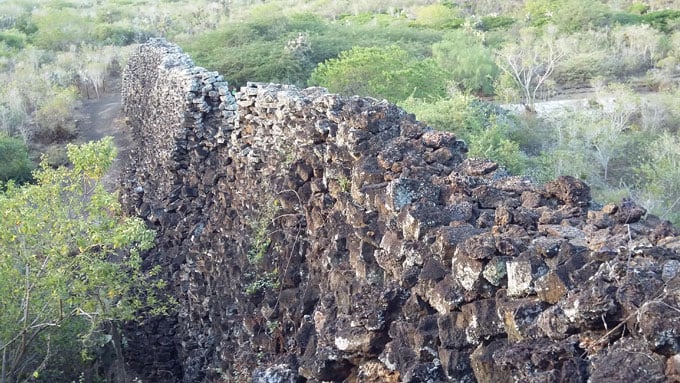
In the 1940s and 1950s, when the Galapagos Islands were a prison, the Wall of Tears was constructed!
Whalers and pirates
Whalers and buccaneers found refuge in the Galapagos Islands for nearly 300 years following their discovery. The Galapagos Archipelago served as a center of operations for English privateers who raided Spanish galleons carrying bullion and gold back to Spain from the New World. When the pirates launched raids, they used the islands as a haven and built ports like Santiago Island’s Buccaneer Cove. William Ambrose Cowley created the first rudimentary nautical charts in 1684. He gave the islands their present Spanish names after renaming them in honor of British nobility. Woodes Rogers, the Duke’s captain, discovered Alexander Selkirk marooned on the Juan Fernandez Islands in 1709 while on a trip to the Galapagos. Daniel Defoe drew inspiration for Robinson Crusoe from the misery of Selkirk.
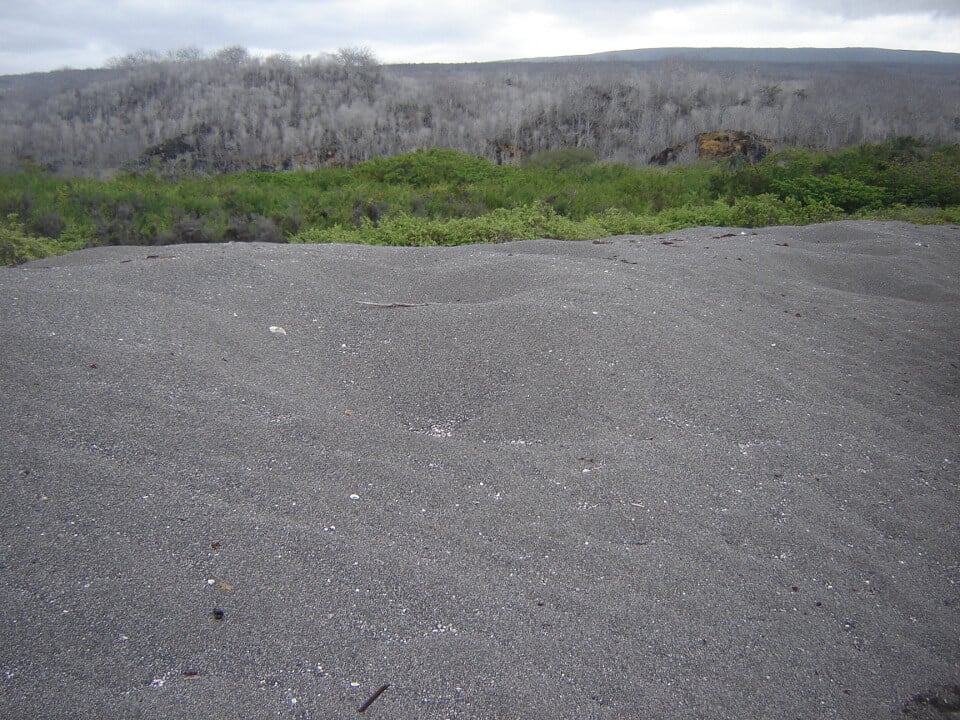
Galapagos Islands’ Urbina Bay
Finding and Investigating
Although pre-Columbian people may have visited the islands, based on artifacts and other archeological evidence, the Galapagos Archipelago was first observed in writing in 1535. The Panamanian bishop Tomas de Berlanga was blown off course while sailing to Peru, which led to the unintentional discovery of the island group by Europeans. When Berlanga brought his find to Spain’s King Charles V, he specifically mentioned the huge tortoises he had seen. Abraham Ortelius and Gerardus Mercator’s maps from 1570 show the islands for the first time. They were called the Islands of the Tortoises, or Insulae de los Galopegos. Twenty-three years later, Richard Hawkins became the first English commander to explore the islands. After becoming stranded on Floreana in 1807, Patrick Watkins became the first permanent resident of the islands. Before relocating to the mainland, he raised vegetables there for a number of years and sold them to visiting whaling vessel crews.
Blog Reviewed by Francisco Dousdebés
Photograph by Francisco Dousdebés
bés.
RELATED STORIES
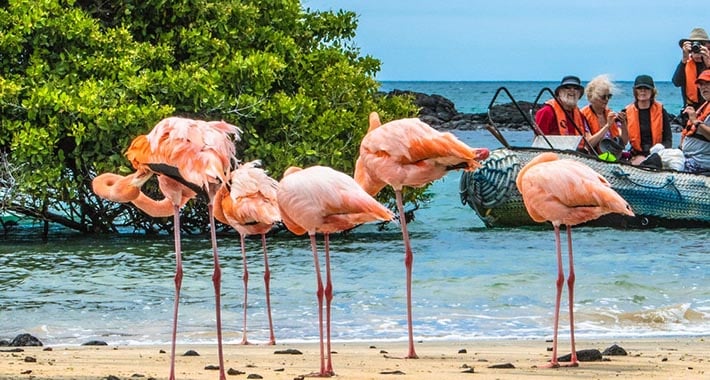
What are the best birds to see in the Galapagos?
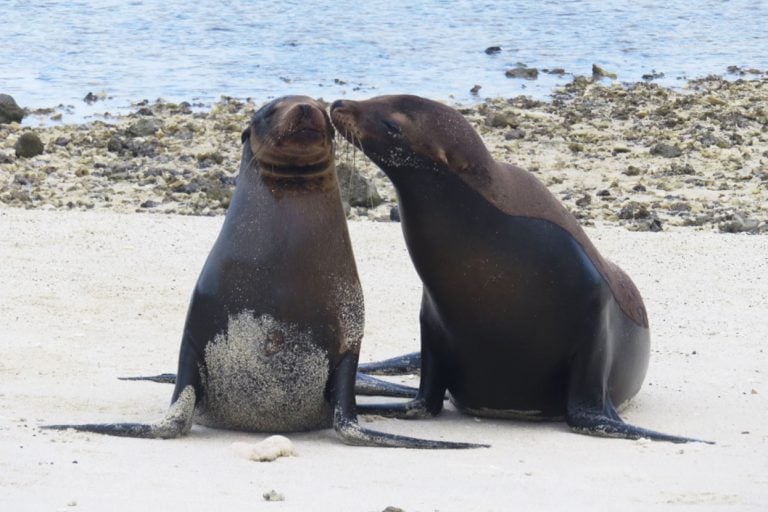
Six Stunning Ways Galapagos Island Animal Mothers Nurture Their Young

Guy Fawkes on the Galapagos Islands: Never forget the November “Finch”…
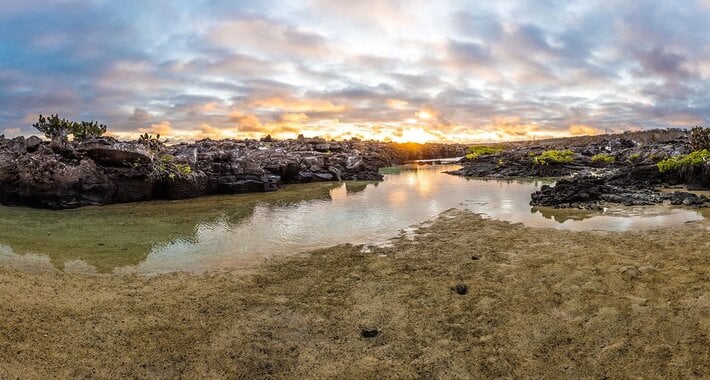
A Unique 6-Day Insular Inspiration Session with Charles Darwin on Santiago Island!
